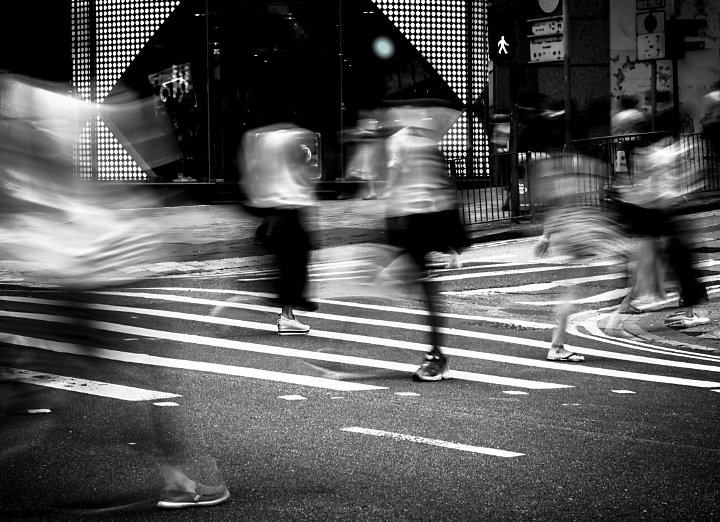Getting My Framing Streets To Work
Getting My Framing Streets To Work
Blog Article
The 2-Minute Rule for Framing Streets
Table of ContentsThe Basic Principles Of Framing Streets The Framing Streets StatementsThe Only Guide for Framing StreetsUnknown Facts About Framing StreetsSome Known Details About Framing Streets The Single Strategy To Use For Framing Streets
, usually with the objective of capturing photos at a definitive or poignant minute by cautious framing and timing. https://parkbench.com/directory/framingstreets1.
The Basic Principles Of Framing Streets
Susan Sontag, 1977 Road photography can concentrate on individuals and their actions in public. In this respect, the street photographer is comparable to social documentary professional photographers or photographers that likewise work in public locations, yet with the objective of capturing newsworthy events. Any of these professional photographers' photos might record individuals and residential or commercial property noticeable within or from public locations, which commonly involves navigating honest concerns and legislations of privacy, safety, and home.
Representations of everyday public life form a genre in almost every period of globe art, starting in the pre-historic, Sumerian, Egyptian and very early Buddhist art periods. Art managing the life of the road, whether within sights of cityscapes, or as the leading motif, appears in the West in the canon of the Northern Renaissance, Baroque, Rococo, of Romanticism, Realism, Impressionism and Post-Impressionism.
Framing Streets Things To Know Before You Get This
Louis Daguerre: "Boulevard du Holy place" (1838 or 1839) In 1838 or 1839 the initial photo of figures in the road was taped by Louis-Jacques-Mand Daguerre in among a set of daguerreotype views drawn from his studio window of the Boulevard du Holy place in Paris. The second, made at the elevation of the day, shows an uninhabited stretch of street, while the other was taken at about 8:00 am, and as Beaumont Newhall records, "The Boulevard, so frequently loaded with a relocating throng of pedestrians and carriages was perfectly singular, other than an individual who was having his boots brushed.
, that was motivated to carry out a comparable documents of New York City. As the city developed, Atget aided to advertise Parisian roads as a deserving topic for digital photography.

Examine This Report on Framing Streets
Martin is the very first tape-recorded photographer to do so in London with a masked camera. Mass-Observation was a social research organisation founded in 1937 which aimed to videotape daily life in Britain and to tape-record the reactions of the 'man-in-the-street' to King Edward VIII's abdication in 1936 to wed separation Wallis Simpson, and the sequence of George VI. In between 1946 and 1957 Le Groupe des XV annually exhibited work of this kind. Andre Kertesz. Circus, Budapest, 19 May 1920 Street photography created the major content of two exhibitions at the Museum of Modern Art (Mo, MA) in New York curated by Edward Steichen, Five French Digital Photographers: Brassai; Cartier-Bresson, Doisneau, Ronis, Izis in 1951 to 1952, and Post-war European Digital Photography in 1953, which exported the idea of street photography worldwide.

The Best Strategy To Use For Framing Streets
, then a teacher of young kids, associated with Evans in 193839.'s 1958 publication,, was significant; raw and usually out of emphasis, Frank's photos examined traditional digital photography of the time, "challenged all the formal rules laid down by Henri Cartier-Bresson and Pedestrian Evans" and "flew in the face of the wholesome pictorialism and sincere photojournalism of American publications like LIFE and Time".
Report this page